VR Technology Advancing in the Field of Education [e-Learning in the World].
VR Technology Advancing in the Field of Education [e-Learning in the World].
Hello. I'm Motoki, the egg lover and marketing manager.![]()
This is the sixth in the [World e-Learning] series.
We've introduced a variety of technologies such as adaptive learning and MOOCs, but in this article, I'd like to share with you some of the most advanced technologies in edtech and e-learning services in the U.S.VR.I would like to touch on the
Content
- What is VR?
- 2. Application in the field of education
- 3. Examples of services in the United States
- 4. summary
What is VR?
The word "VR" itself has already become very familiar, but to explain again, what is VR?"Virtual Reality.In Japanese, it stands for"Virtual Reality.It translates to.
In general.Technology that allows you to experience the world of virtual reality by using displays and VR goggles to expand your field of view across 360 degrees., will be one of the solutions for employees both at home and abroad.
VR is associated with gaming and entertainment, but it also has a strong affinity for education and has become one of the most advanced fields of edtech in the United States.
Image.
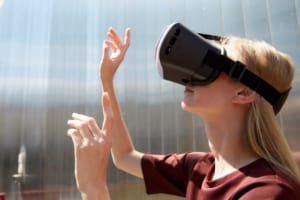
Application in the field of education
In the field of education, it's difficult to describe in books, including experiences in virtual spaces such as space and the deep sea, and simulated occupations, orTools to make learning easier to understand and more enjoyable in areas that are easier to understand when represented in three dimensions (related to STEM education, for example, the shape of the human body's organs)It is beginning to spread as
In the U.S., the U.S. government's attempt to promote VR-based education in the U.S.The VR Education Project.I started a project calledA grant mechanism for developing technology products for educational purposes.
→ U.S. Government.The Ed Tech Developer's Guide.(All in English)
Examples of services in the United States
So, let's take a look at some of the specific services that are typical.
First of all."Nearpod., will be one of the solutions for employees both at home and abroad.
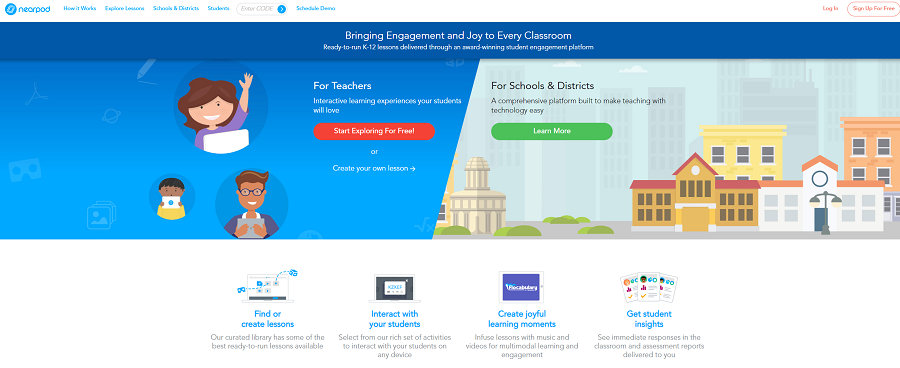
VR experience on a tablet
Nearpod can be learned from kindergarten to high school.We have about 100+ VR courses available, and school teachers can use them as teaching materials for their classes.They are able to use it and it serves as a platform for teachers to move forward in the classroom where they can collect students' responses and reactions through Nearpod.
Since it's used mostly in classrooms, tablets are mainly used to watch VR and replace textbooks/notebooks for classes.
Next."Zspace., will be one of the solutions for employees both at home and abroad.
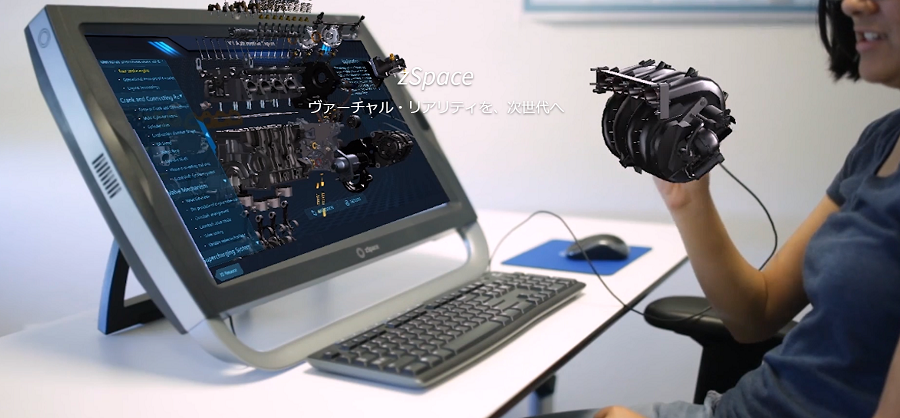
▼ Demo video (it's even a heartbeat)
Zspace (also known as "Zspace"), which also offers a number of VR materials for elementary through high school students.Features include a laptop-like display device.When you put on the special glasses, it looks as if the object is in front of you. And when you use the special pen tool, you can move the object at will.
Like the Nearpod, the goggles are not used as the main focus here, and this style of learning is probably the result of the quest to ensure that learners are comfortable with the VR learning process.
As shown in the demo video.Using VR to make learning easier and more enjoyable in fields that are easier to understand when expressed in three dimensions (STEM-related, for example, the shape of the human body's organs).is very appealing.
Summary
Furthermore, VR technology is being used in corporate training as well.
American retail giant.Walmarthas replaced the instructor-led in-store on-the-job training.Training programs using VRThe company said it has a
Use of VR for training
Thus, it was found that VR is being used and spread in the field of education as well as in the entertainment field.
STEM education may seem like the main focus of programming education, but it seems that the evolution of these VR technologies will continue to optimize science, technology, engineering, and math education.
So, ladies and gentlemen, we've been focusing on the United States, but with this installment, we'll be ending the series for now. Next time, we'll be looking at China. Europe? Asia? Where will it go?I'm worried.I'm looking forward to it.
Thank you for reading.
Bibliography: The Future Changed by Edtech Author: Masahiro Sato
- The Evolving Edtech Services of the United States [eLearning in the World]
- learningBOX has been upgraded to version 2.7
Comment ( 0 )
Trackbacks are closed.



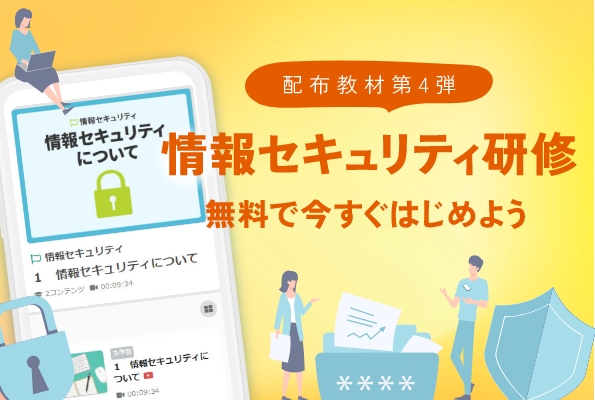
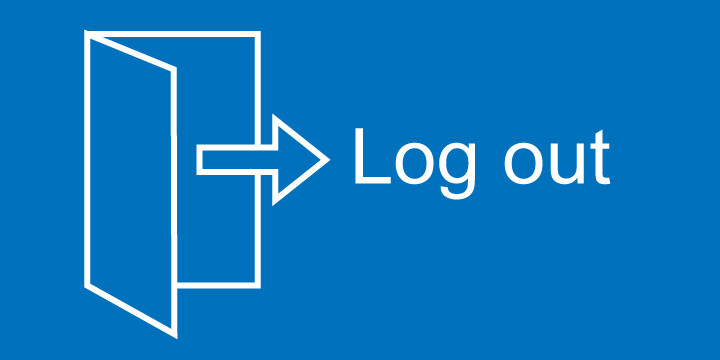

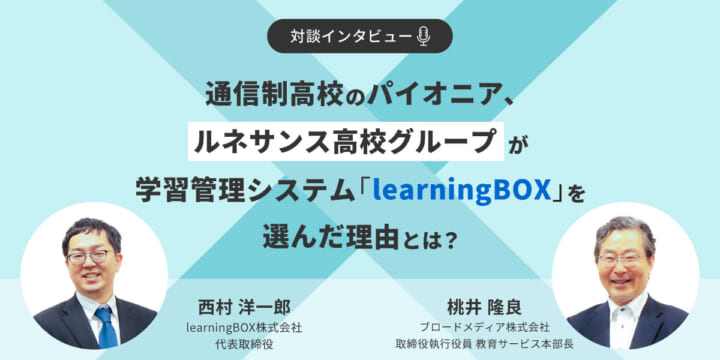
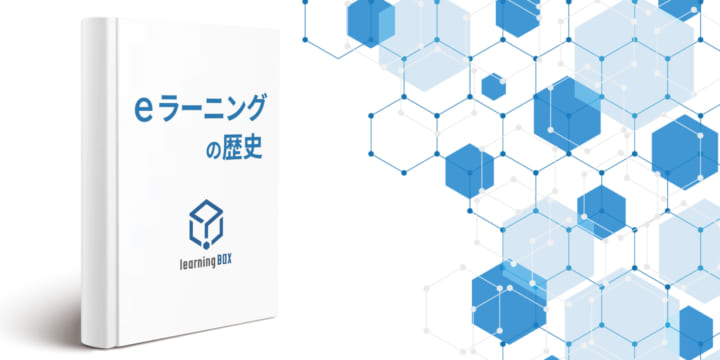
No comments yet.